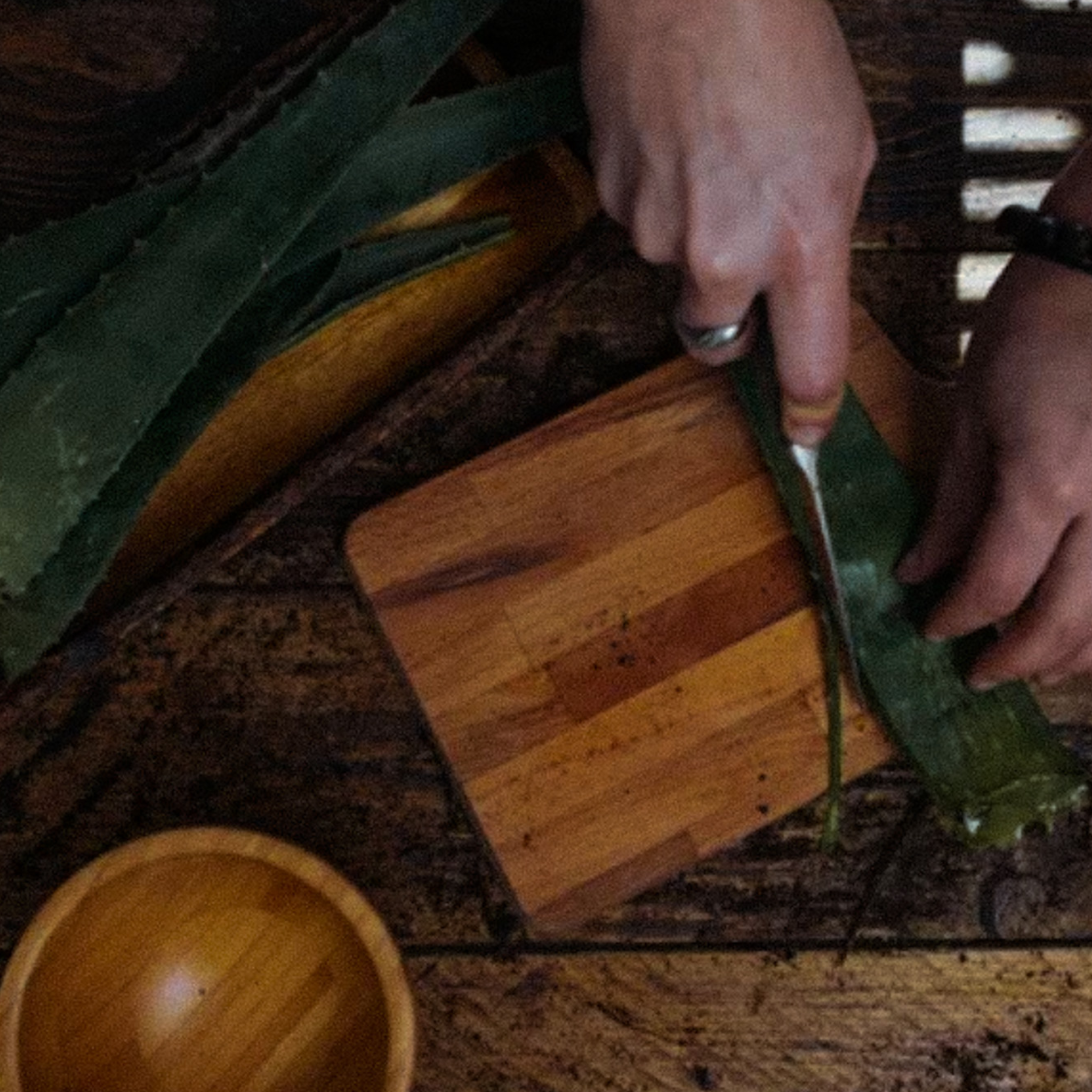How wheat packaging reduces carbon footprint
Introduction:
Picture this: You're strolling through a bustling farmer's market, marveling at the vibrant array of fruits, vegetables, and artisanal goods. As you peruse the stalls, you notice something unusual – packaging made from wheat. Yes, you read that right! Wheat packaging is not only a novel concept but also a game-changer in the quest for sustainability. Let's embark on a journey to discover how wheat packaging is reducing our carbon footprint and sowing the seeds for a greener, more eco-friendly future.
The Wheat Revolution:
Wheat – the humble grain that sustains civilizations and fills breadbaskets around the world – is now taking center stage in the fight against plastic pollution. Thanks to innovative minds and eco-conscious companies, wheat straw, a byproduct of wheat harvesting, is being transformed into a versatile and sustainable packaging material.
A Feast for the Senses:
Close your eyes and imagine the delightful aroma of freshly baked bread wafting through the air. Now, imagine that same comforting scent emanating from your package as you unwrap it. Wheat packaging not only appeals to the eyes but also engages the senses, adding a touch of warmth and nostalgia to the consumer experience.
From Farm to Table:
Unlike traditional plastic packaging, which relies on fossil fuels and contributes to greenhouse gas emissions, wheat packaging is derived from a renewable and abundant resource – wheat straw. By repurposing agricultural waste that would otherwise be discarded or burned, wheat packaging helps reduce waste, conserve resources, and mitigate carbon emissions.
A Lighter Footprint:
One of the most significant benefits of wheat packaging is its minimal environmental impact. Unlike plastic, which can take hundreds of years to decompose and often ends up polluting our oceans and landscapes, wheat packaging is biodegradable and compostable. After serving its purpose, it can be returned to the earth, where it will break down naturally, enriching the soil and completing the cycle of sustainability.
Protecting Our Planet, One Package at a Time:
Every choice we make has the power to shape the world around us. By opting for wheat packaging over traditional plastic alternatives, we're making a statement – a statement that says we care about the health of our planet and future generations. Whether you're packaging your lunch, shipping a gift, or buying groceries, choosing eco-friendly options like wheat packaging is a small yet impactful way to reduce your carbon footprint and protect our precious environment.
Join the Wheat Revolution:
As we navigate the complexities of modern life, it's easy to feel overwhelmed by the enormity of environmental challenges. However, by embracing innovative solutions like wheat packaging, we can turn the tide and cultivate a brighter, more sustainable future. So, the next time you're in need of packaging, why not give wheat a try? Together, let's sow the seeds of sustainability and reap the bountiful harvest of a greener planet for all.
Conclusion:
In a world inundated with plastic pollution and environmental concerns, wheat packaging offers a ray of hope – a beacon of sustainability in a sea of waste. By harnessing the power of wheat straw, we can reduce our carbon footprint, protect our planet, and pave the way for a more eco-friendly tomorrow. So, let's raise our wheat packaging high and toast to a brighter, greener future for all. Cheers to sowing sustainability one package at a time!



Leave a comment
This site is protected by reCAPTCHA and the Google Privacy Policy and Terms of Service apply.